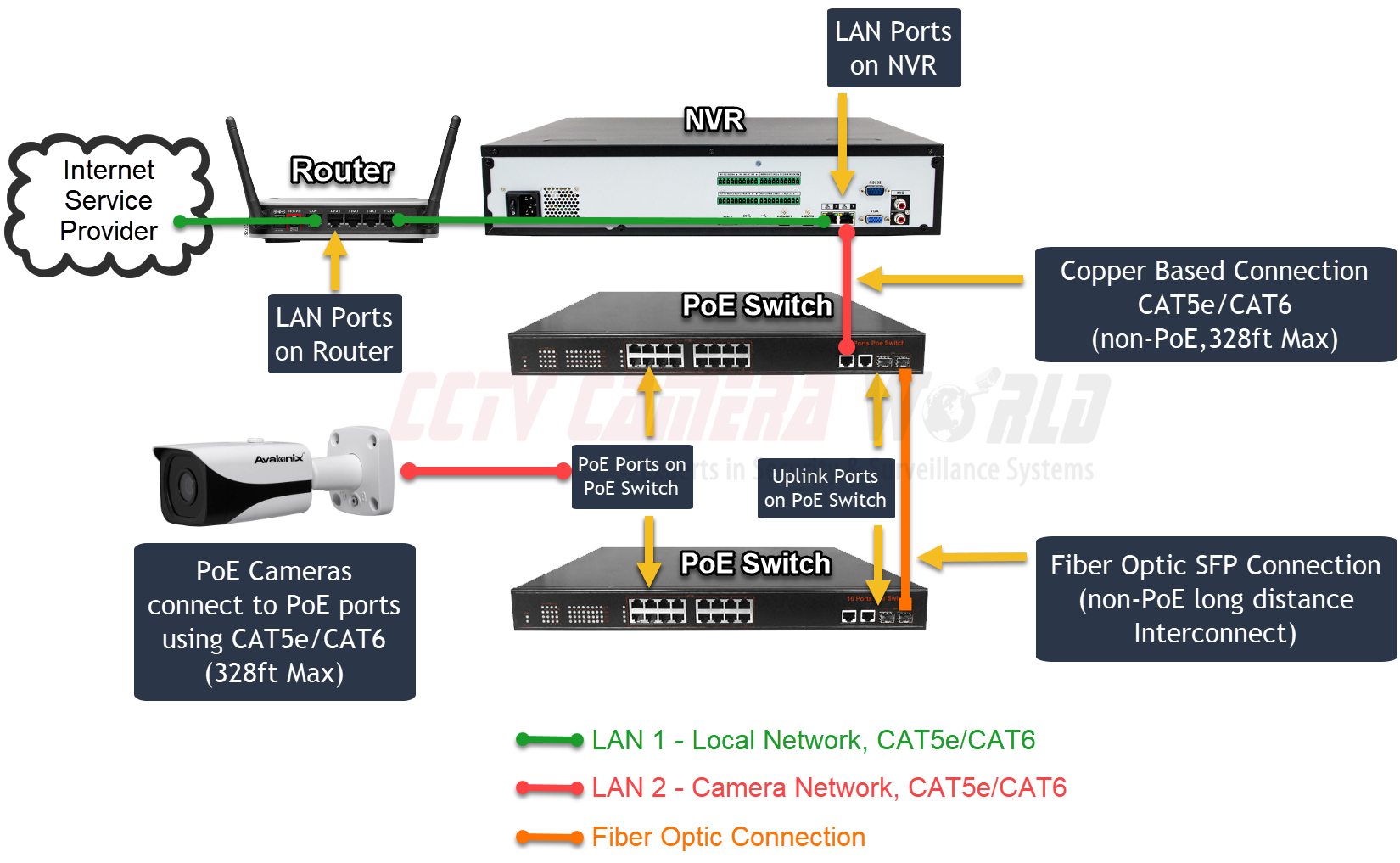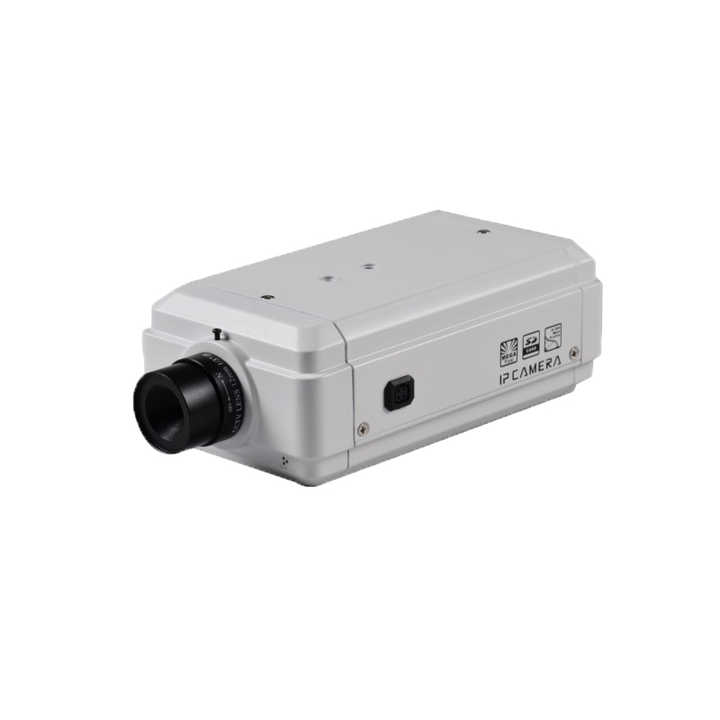Why CCTV Fibre Optic Cable is the Future of Fast Security Systems
Why CCTV Fibre Optic Cable is the Future of Fast Security Systems
Blog Article
How CCTV Cameras With Fiber Optic Result Improve Long-Distance Tracking
CCTV video cameras furnished with fiber optic outcome stand for a significant advancement in long-distance surveillance technology, using unmatched benefits over traditional systems. By leveraging the properties of light transmission via fiber optics, these cams guarantee high-definition video clip top quality stays undamaged throughout comprehensive distances while properly alleviating electromagnetic interference - cctv fibre optic cable.

Recognizing Fiber Optic Modern Technology
Fiber optic technology is increasingly utilized in long-distance monitoring applications due to its remarkable capability for data transmission. This technology employs slim hairs of glass or plastic fibers to send data as light signals, substantially minimizing the attenuation generally connected with typical copper cords. The fundamental homes of optical fiber enable for the transmission of large quantities of data over considerable ranges without loss of quality, making it an optimal selection for applications needing dependable interaction.
The concept of total interior representation helps with the effective transmission of light within the fiber, ensuring high data transfer and speed. Unlike electrical signals in metal cables, optical fiber are immune to electro-magnetic disturbance, boosting the stability of information transmission. This particular is specifically beneficial in environments with high levels of electric noise, such as commercial setups or city locations.
Additionally, fiber optic cables are lighter and a lot more versatile than their copper counterparts, which streamlines installation and lowers architectural load. With their resilience and resistance to ecological variables, fiber optics are fit for exterior applications, thereby expanding the reach of keeping track of systems. Because of this, fiber optic technology is ending up being a foundation in modern-day surveillance solutions, successfully resolving the difficulties of long-distance surveillance.
Advantages of Fiber Optic CCTV
Using fiber optic modern technology in CCTV systems supplies numerous benefits that enhance security capacities. Among the key benefits is the capability to transfer high-definition video over cross countries without substantial signal deterioration. Unlike traditional copper wires, optical fiber can keep video quality over considerable runs, making them suitable for large properties or remote tracking locations.
Furthermore, fiber optic wires are less at risk to electromagnetic disturbance, which can distort signals in standard systems. This makes certain more clear images and continuous solution, essential for security surveillance. Fiber optics are inherently a lot more safe, as obstructing signals requires specific devices, hence giving an added layer of protection versus unauthorized accessibility.
The lightweight and small nature of fiber optic cable televisions additionally streamlines installment, making it possible for simpler transmitting via limited areas and minimizing general labor expenses. Their toughness makes them immune to environmental factors such as dampness and temperature changes, extending the life-span of the monitoring system.
Last but not least, visit their website fiber optic systems can sustain a majority of cams on a single network, maximizing sources and providing scalability for future expansion. These benefits make fiber optic CCTV systems a remarkable option for contemporary surveillance needs.
Comparison With Traditional Systems
When contrasting CCTV systems, traditional arrangements often fall short in a number of crucial locations, specifically in regards to range and signal integrity. Conventional coaxial cord systems typically face significant signal deterioration over fars away, limiting efficient monitoring ranges to around 300 feet (cctv fibre optic cable). Yet threshold, photo clarity diminishes, bring about possible unseen areas and decreased security effectiveness
On the other hand, fiber optic systems keep signal honesty over much better ranges, usually going beyond a number of miles without loss of quality. This is mostly because of their capacity to transfer data as light signals, which are less prone to electromagnetic interference than electric signals used in typical systems.
Furthermore, traditional systems require extra comprehensive upkeep and troubleshooting due to their susceptability to environmental elements such as wetness and electro-magnetic sound. Fiber optic systems, conversely, offer improved resilience and lower upkeep prices, as they are less susceptible to damages.
Applications in Long-Distance Surveillance
The benefits of modern-day CCTV systems in maintaining signal stability over cross countries open up a vast array of applications for long-distance monitoring. One significant application is in metropolitan security, where municipalities release fiber optic CCTV systems to check public areas, enhancing safety and security and hindering criminal task. These systems provide continuous, premium video feeds that are crucial for reliable legislation enforcement and emergency response.
Another essential application is in commercial setups, where remote monitoring of making procedures and harmful areas is essential. Fiber optic CCTV can withstand extreme atmospheres and transmit data over long distances without loss of quality, allowing for real-time oversight and minimizing risks to personnel.
Additionally, crucial facilities such as airports, trains, and pipelines take advantage of long-distance CCTV surveillance. Safety teams can manage big locations from streamlined control spaces, guaranteeing fast feedback to any occurrences.
In addition, in farming settings, farmers utilize long-distance CCTV to check plants and livestock, aiding to enhance performance and protection. Overall, the versatility and integrity of fiber optic CCTV systems check make them vital across various fields, allowing extensive monitoring solutions tailored to details needs.
Future Trends in Monitoring Innovation
Exactly how will improvements in technology improve the landscape of surveillance? The future of security innovation is positioned for significant improvement, driven by technologies such as fabricated intelligence (AI), artificial intelligence, and edge computer. These modern technologies make it possible for real-time information evaluation, enabling fast identification of potential hazards and boosted situational awareness.
AI-powered analytics will certainly improve the accuracy resource of face recognition systems, decreasing incorrect positives and making it possible for much more reliable tracking of individuals. Additionally, the combination of Internet of Things (IoT) devices will certainly facilitate a smooth network of interconnected surveillance systems, enhancing surveillance capabilities throughout huge areas.
One more pattern is the shift in the direction of cloud-based storage remedies, which use scalable data management and access. This will allow organizations to store huge quantities of video clip information without the restrictions of physical storage space, while ensuring that info is easily retrievable.

Conclusion
In verdict, CCTV cameras outfitted with fiber optic result represent a significant advancement in long-distance monitoring capabilities. As monitoring technology continues to evolve, the adoption of fiber optic options will likely play an essential function in improving safety and security across varied applications.
Report this page